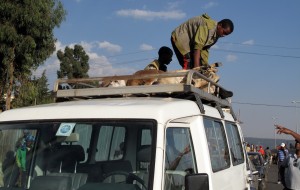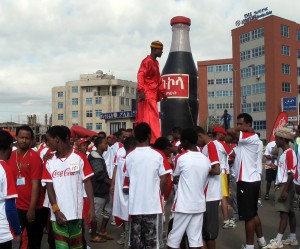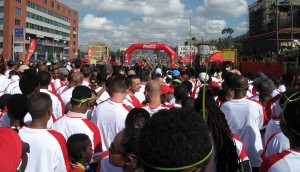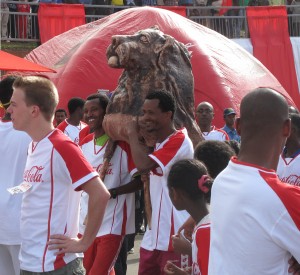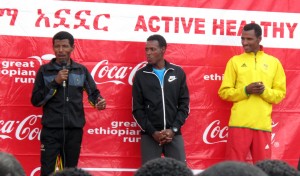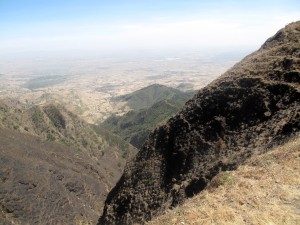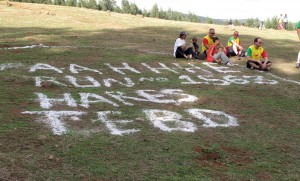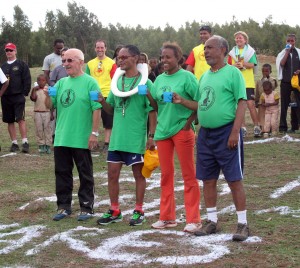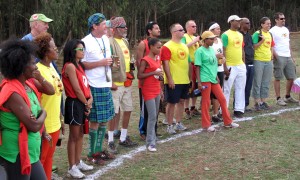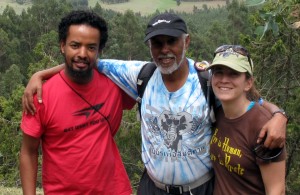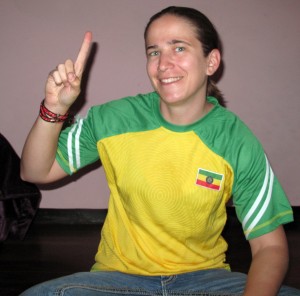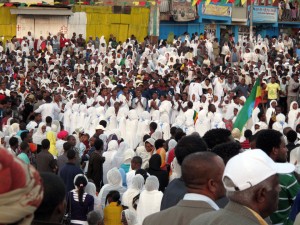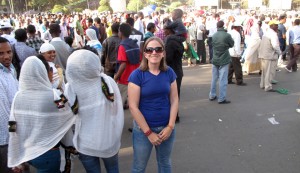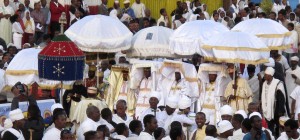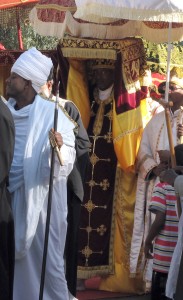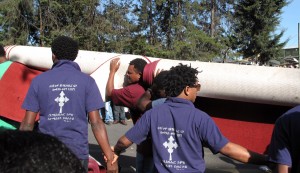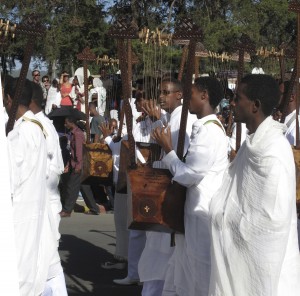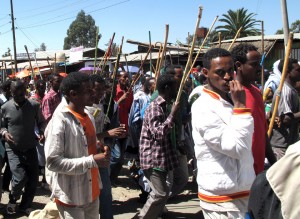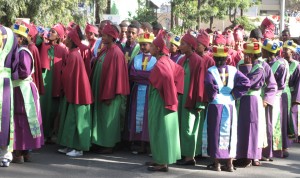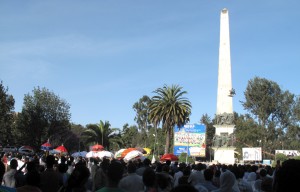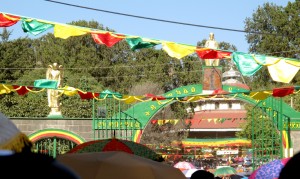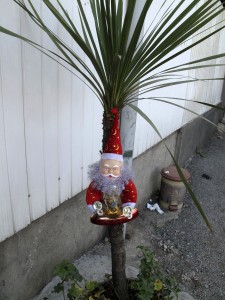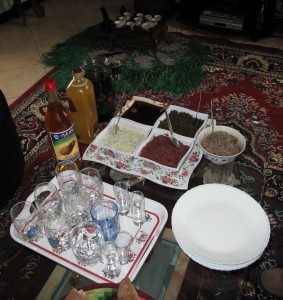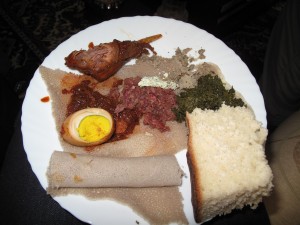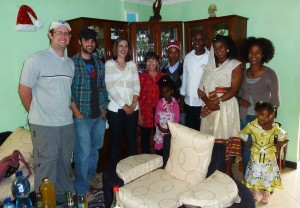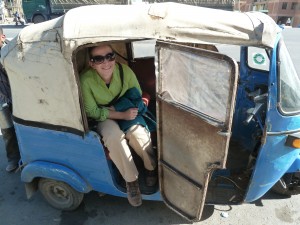On several occasions this year, the following phrase has run through my head: “My 16-year-old self would be so mad at my current self right about now.” In junior high and high school, I was an idealistic tree-hugger. I loved all things furry, and would probably have been vegetarian if I had a little more knowledge of how more of the world outside northside Chicago lived and was courageous enough to announce to my parents that we needed to save the animals and not eat meat. (Note: my present-day parents would probably be ok with that, because, like me, they are now aware of how harmful the American meat-based diet is to climate and the environment).
My family celebrates Christmas Eve in the traditional Italian manner, with a seafood feast culminating in lobster. As a child, I would accompany my father that morning to buy live lobsters, they would sit in the fridge until dinner-time, and then he would drop them in the pot of boiling water. Try as he might make me, the thought of killing a lobster myself by dropping it into the boiling water was too much for me, and I always refused.
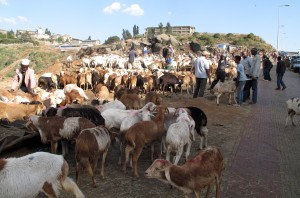
Now flash forward 16 years, and 12 trips to Africa later, and my 32-year-old went to the sheep market and “participated” in the purchase of three live sheep and one goat for Christmas dinners. This is the tradition here. All families who can afford it buy a sheep for Christmas; very rich families may buy cows and poorer only chickens, but the norm is the sheep. My friend Mesfin asked me if I wanted to come with him this year to buy the family sheep, and naturally, I jumped at the opportunity, after first asking whether my presence would raise the price for him and his friends. After his assurance it would not, it was settled. Hence, this afternoon I found myself on the side of the road leading to Gondar traipsing amidst herds of sheep, a good distance behind the Ethiopians so as to minimize the risk of price inflation, and being pestered by the shepherds to buy a sheep. Seriously, buddies, as much as I love eating sheep, I really do not have the means to slaughter, store, and cook an entire sheep at my guesthouse! But, business was slow while we were there, so I suppose it was worth a shot.
After much haggling, Mesfin and his friend got their desired animals (from 2500 birr down to 1100-1350 birr, depending on size), which then had their legs tied and then were rather unceremoniously tied to the roof of the jeep. Last, we drove around Addis delivering the two sheep and the goat, one of which was quite feisty and kept trying to propel itself to freedom, only to thump back onto the rack to which it was tied, and dropped the last off at Mesfin’s. My 16-year-old self would be horrified by the day’s endeavors. My current self can’t wait for Christmas dinner on Tuesday!
